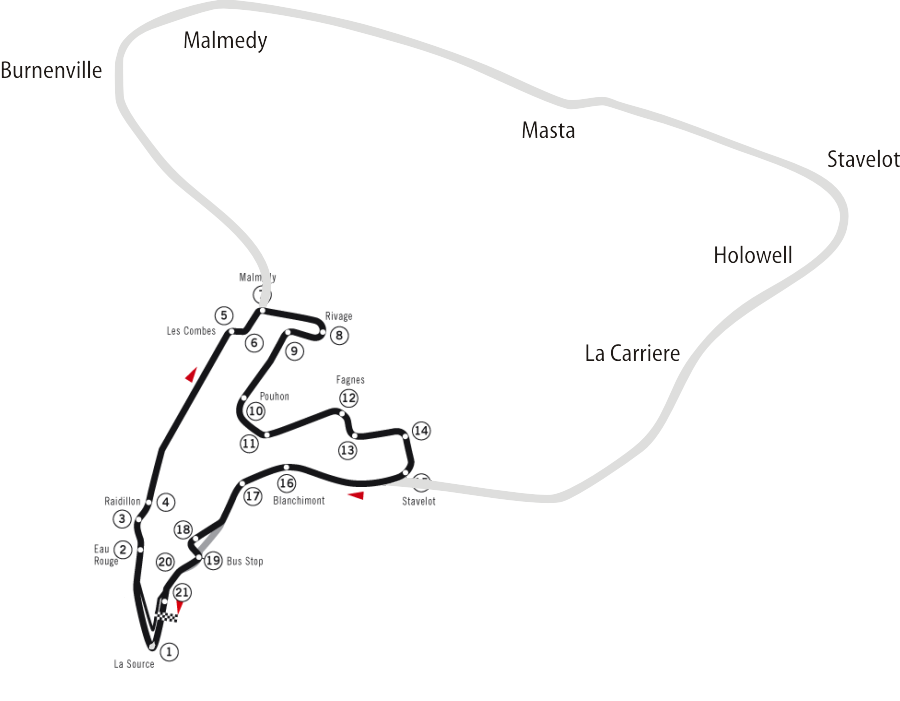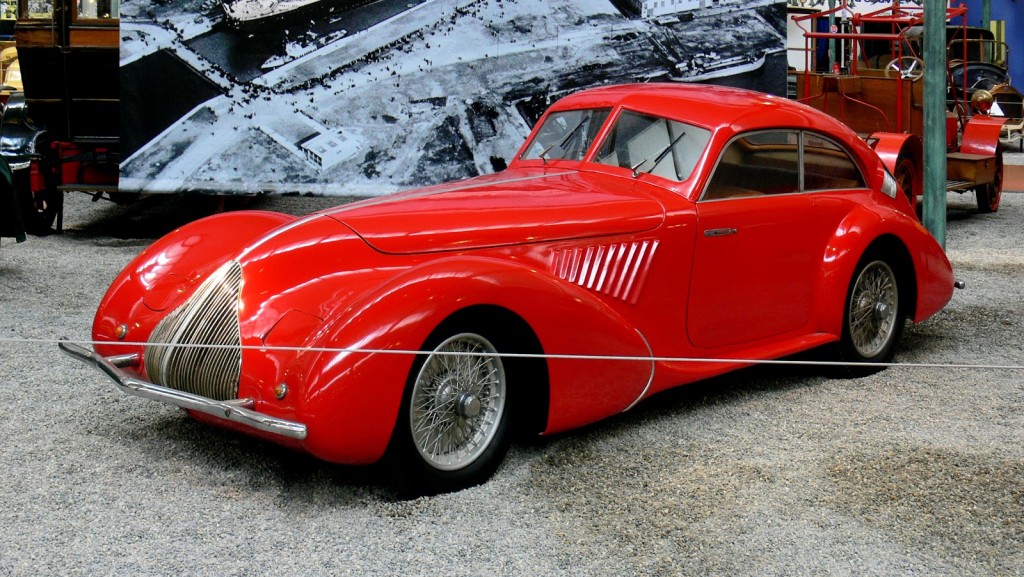

Arguably one of the greatest books ever written on auto racing, Robert Daley’s “Cars at Speed” covers the Golden Age of the early to mid 20th century’s grand road races and nascent Formula One scene.
As a correspondent for the New York Times, Daley covered Grand Prix racing in Europe and around the world from 1958 to 1964 and the book was published in 1961, right at the crossover period between front and rear engined Grand Prix machines. Along with Carroll Shelby, Daley is largely credited with helping to introduce the thrills of twisty circuit and street racing to the broader United States’ public, which previously only had interest in Indianapolis 500 and stock car-style events.
In “Cars at Speed”, Daley recounts the death defying years before seat belts, fire suits or big money, when men raced for glory and their own strange need to live on the edge and when drivers and spectators died with brutal regularity. In this book, you’ll find stories of Phil Hill & Dan Gurney, Jean Behra and Juan Manuel Fangio, Alfonso de Portago & Stirling Moss and many others. You’ll find tales from the Targa Florio, the Mille Miglia and Le Mans. In this book, you may learn more about the history of road racing than you thought you knew and discover a lifelong passion for motorsports and admiration for the men who take the risks. That’s how it worked out for me, anyway.
In a style heavily indebted to Hemingway, Daley’s wry, brutally honest tales are both funny and horrifying. And always but always exciting and immensely enjoyable. Along with his slightly later, larger photo-centric book “The Cruel Sport”, “Cars at Speed” may go in and out of print but belongs in every racing enthusiast’s library, casual or fanatical.
You can get nearly new copies through used book dealers on Amazon starting at around $4. Not a bad price for a lifetime of enjoyment.








